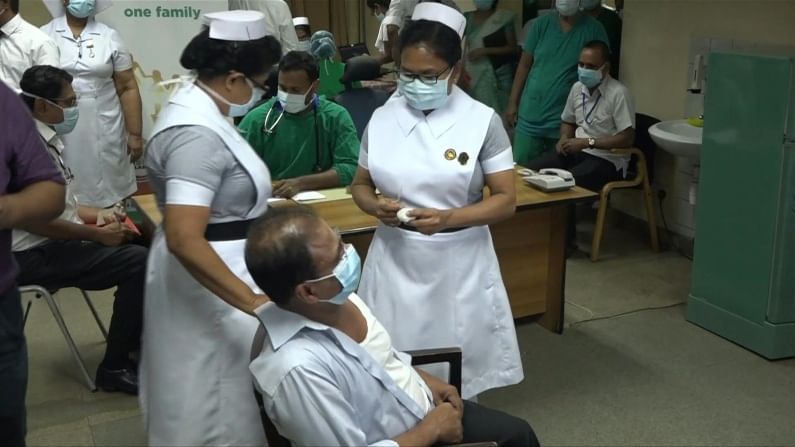COVID-19 | Worst may be over by third week of May: SBI report
With several states opting for partial/local/weekend lockdowns, SBI has revised its FY22 growth projection at 10.4% real GDP and 14.2% nominal GDP

The business activity index of State Bank of India that was on a downward slide this month has now dipped to a new low of 75.7, the level it attained in August 2020, which is 24.3% down from pre-pandemic levels, said a research report of the country’s biggest commercial bank.
The activity index is “now a clear 24.3% down from pre-pandemic level,” said the report, adding “This indicates the disruption caused by increased lockdowns/restrictions imposed in various states is now having a meaningful impact on economic activity.”
However, the report Ecowrap also noted that “except for labour participation and electricity consumption have declined significantly during April, indicating that labour market disruptions are still manageable unlike the first wave.”
Significantly, a Bank of America Securities report recently stated that a month of lockdown can shave off 1-2 percentage points from the GDP.
With several states opting for partial/local/weekend lockdowns, SBI has revised its FY22 growth projection at 10.4% real GDP and 14.2% nominal GDP.
Localised lockdowns
As the second COVID-19 wave is surging, a few states have already opted for lockdowns and the indication is that more states can follow if the speed of infection does not slow down.
“We believe peak of second wave would come around mid-May with active cases reaching around 36 lakhs at that point of time,” said the report.
It also said that the worst might be over by the third week of May. The report put out the following logic: “Maharashtra is estimated to have 9.5 lakh active cases at the time of second peak from its current level of 6.7 lakh, contributing to around 26% in total active cases estimated at country’s second peak. Next will be Karnataka which is expected to have 3.5 lakh active cases compared to its current level of 3.0 lakh. Major 16 states will account for 95.7% of the total active cases estimated for the country. Various states on an average are expected to reach their peak around the national peak date, indicating the worst would be hopefully over by 3rd week of May.”
Vaccination drive
Against a backdrop of efforts to ramp up vaccine availability, the reported said that a total of 1048 million doses could be administered in India by October 2021 in which 15% of the population can be fully vaccinated and 63% can get their first shot. Experience of other countries show infections stabilise after 15% of population receive second dose.
SBI also suggested that door-to-door vaccination of the elderly and disabled residents might be taken up.
The report also contained a word of caution that there are chances the virus might be airborne. It observed that there is no meaningful decline in Maharashtra which is in a lockdown mode for the past three weeks (7 day moving average of daily cases at 60,000).
“Adopting a cluster-based approach for immunisation is advisable in initial stages. This could also be a good opportunity to incentivise local production of vaccine intermediate inputs / API under Production Linked Incentive Scheme,” the report further said.
On the pricing policy of vaccines it said, “We believe that in case of India, a differential pricing is an important caveat to lure foreign vaccine manufacturers to India and companies like Pfizer have already responded favourably.”
Download Money9 App for the latest updates on Personal Finance.
Related
- Covid first wave led to increase in antibiotic misuse in India: Study
- Centre rushes teams to six states reporting a high number of Covid cases
- Covid-19: India records 46,617 new cases; national recovery rate crosses 97%
- India’s medical infrastructure well prepared to deal with possible third Covid wave, says FM
- Karnataka makes RT-PCR negative report, vaccine certificate must for Kerala travellers
- National Doctors’ Day: Over 1500 doctors sacrificed their lives in fight against Covid-19

